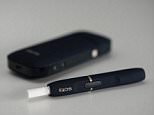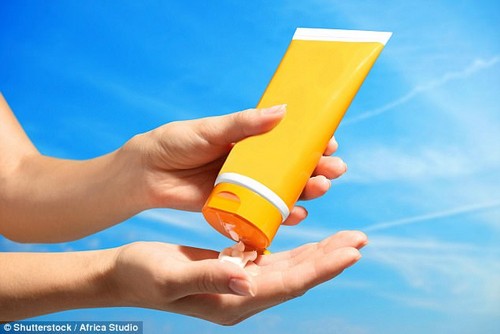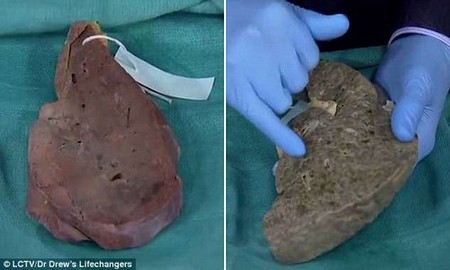Although ‘smokeless’ products expose users to up to 90 per cent fewer harmful chemicals, limited data means their precise risk is unclear, according to a Committee of Toxicology (COT) report presented to Public Health England (PHE).
‘Heat-not-burn’ tobacco products are harmful to health even if they are safer than conventional cigarettes.
COT chair Alan Boobis, said: ‘The evidence suggests that heat-not-burn products still pose a risk to users.
‘There is likely to be a reduction in risk for cigarette smokers who switch to heat-not-burn products but quitting entirely would be more beneficial.’
Heat-not-burn devices also vary substantially between brands and therefore likely carry different risks, with some being heated to a maximum temperature of 350C and others just 50C.
Such devices heat tobacco rather than burning it, which avoids the harmful smoke produced by conventional cigarettes.
Yet, unlike e-cigarettes, heat-not-burn products do contain some tobacco to impart a flavour that appeals to certain smokers.

‘Heat-not-burn’ tobacco products are harmful to health even if they are safer than conventional cigarettes (pictured: IQOS ‘smokeless’ cigarette by Philip Morris International)
WHAT ARE HEAT-NOT-BURN E-CIGARETTES?
Heat-not-burn e-cigarettes were originally created by the tobacco giant Philip Morris International. The pharma company is behind a smokeless device known as IQOS that is said to contain 90 per cent less toxins than conventional cigarettes.
Unlike e-cigarettes, the smokeless device contains mini tobacco sticks in the form of Marlboro HeatSticks or others as opposed to a nicotine-laced liquid. These are then placed into the device before being heated, which experts say makes them much less harmful as they are not burning the tobacco.
Yet experts add the innovative devices will never be safer than e-cigarettes.
‘Heat-not-burn products still pose a risk to users’
Mr Boobis, said: ‘The evidence suggests that heat-not-burn products still pose a risk to users.
‘There is likely to be a reduction in risk for cigarette smokers who switch to heat-not-burn products but quitting entirely would be more beneficial.’
PHE has previously endorsed a shift to vaping with e-cigarettes as a less risky alternative to smoking, however, the organisation added the evidence on heat-not-burn devices is still unclear.
Rosanna O’Connor, PHE director of drugs, alcohol and tobacco, said: ‘Heat-not-burn tobacco products are not the same as e-cigarettes.
‘There is a large amount of evidence that shows vaping is much less harmful than smoking – at least 95 percent – and we encourage smokers to try e-cigarettes as a way of stopping smoking.’
A spokesman for Philip Morris International said: ‘We welcome independent review of scientific evidence about smoke-free products from competent authorities.
‘We are encouraged by today’s statements of the UK’s COT and by recent statements of the German Federal Institute of Risk Assessment (BfR), and will continue to share our scientific evidence.
‘We believe that smoke-free alternatives, including heated tobacco products like IQOS and e-cigarettes, have significant potential to be less harmful than cigarettes and can play an important role for smokers and public health.’
‘Smokeless’ tobacco is just as bad for the heart
This comes after researchers from the University of California, San Francisco, found heat-not-burn products are just as bad for the heart as cigarettes.
After exposing mice to 10 five-second exposures of such devices’ vapor, their blood vessel function decreased by 60 percent, which is highly similar to the 62 percent previously seen in humans.
Blood vessel function is determined by assessing their ability to widen in response to increased blood flow and is a measure of heart health.
The rodents also had similar nicotine levels in their blood to humans after one cigarette.



